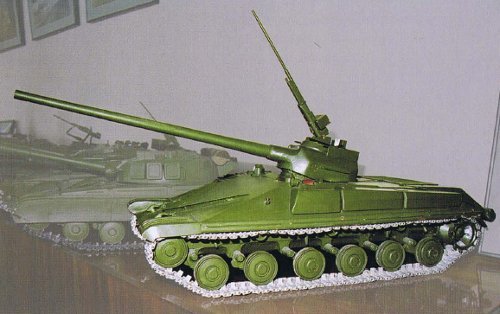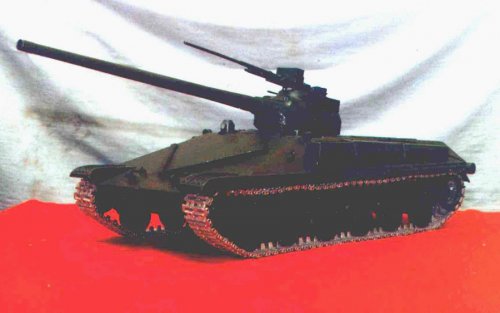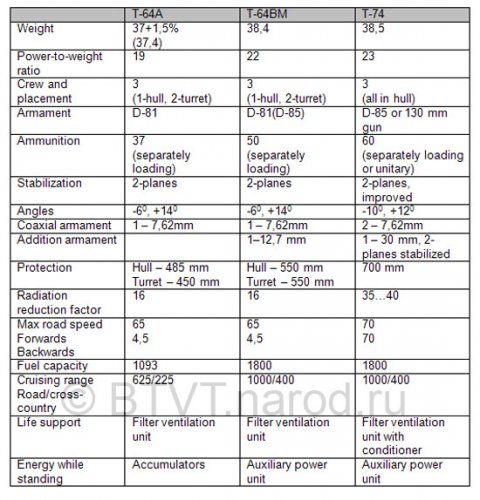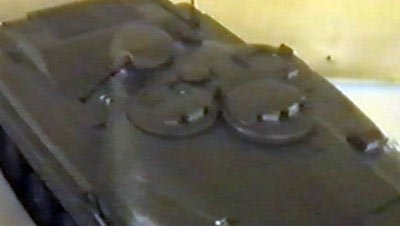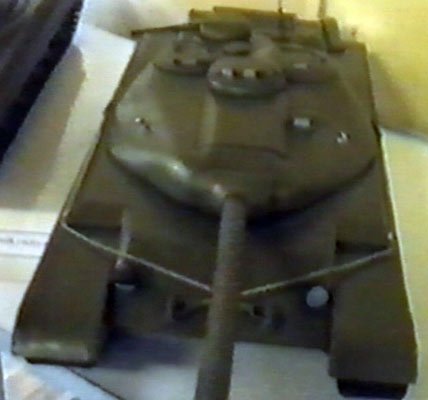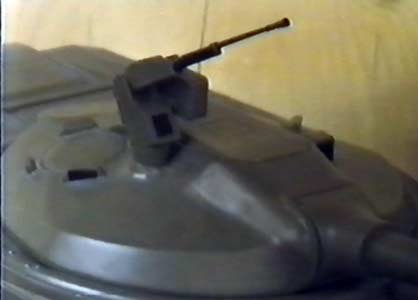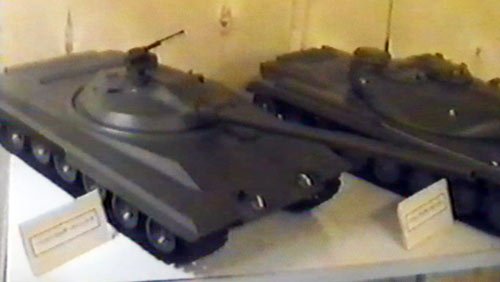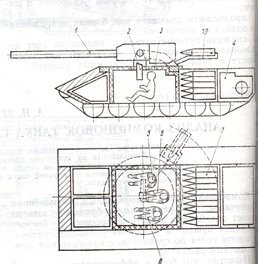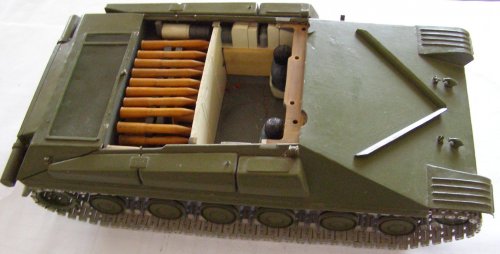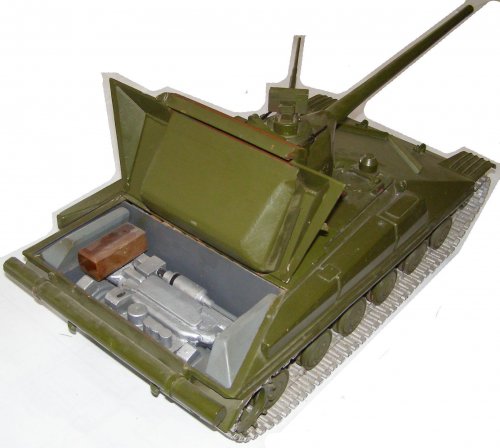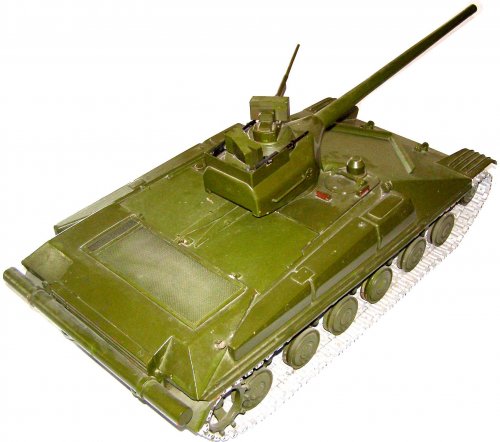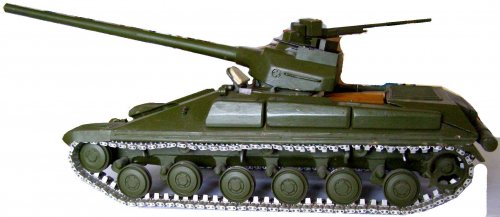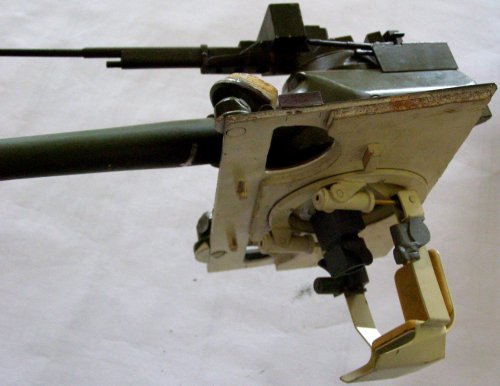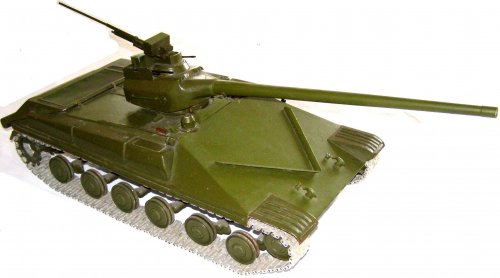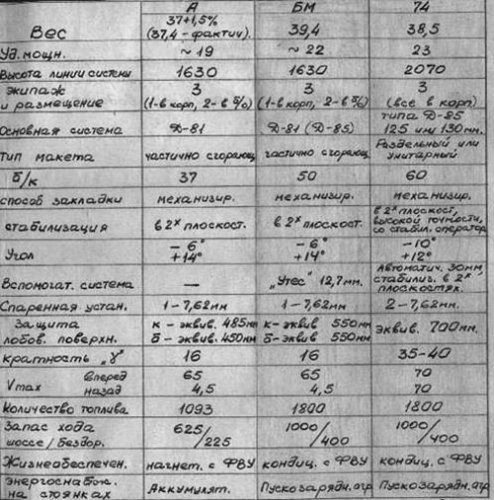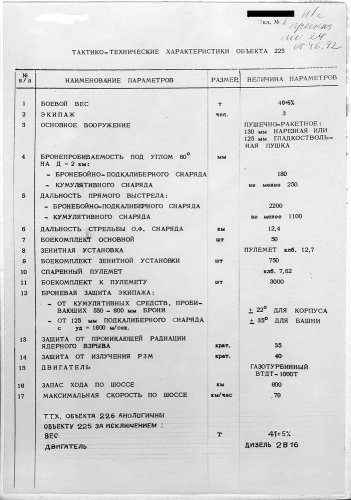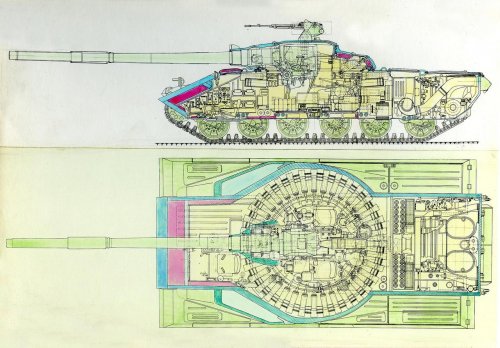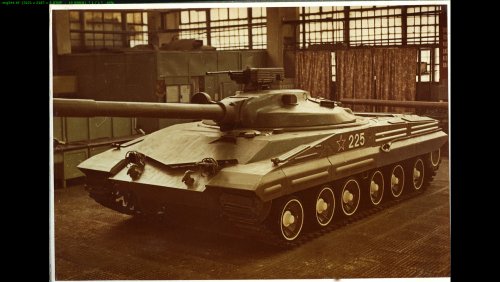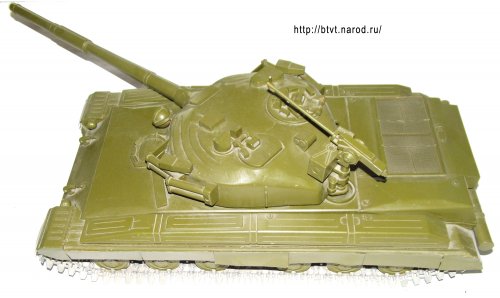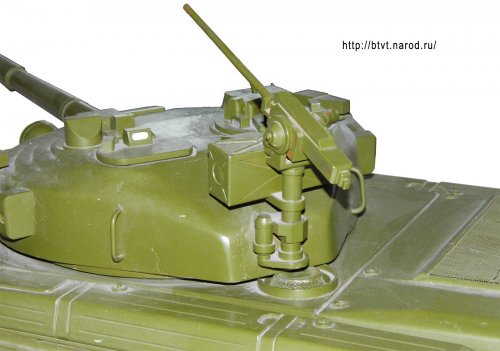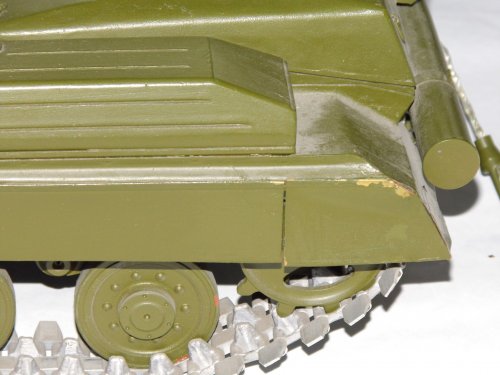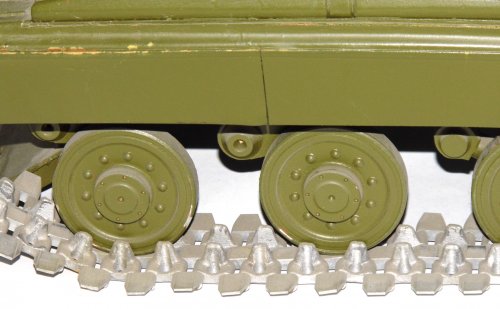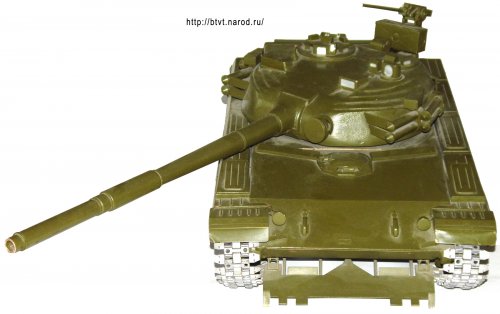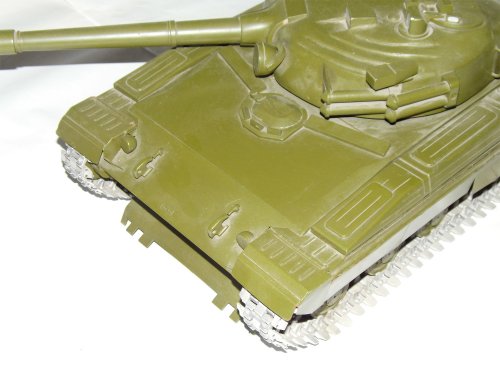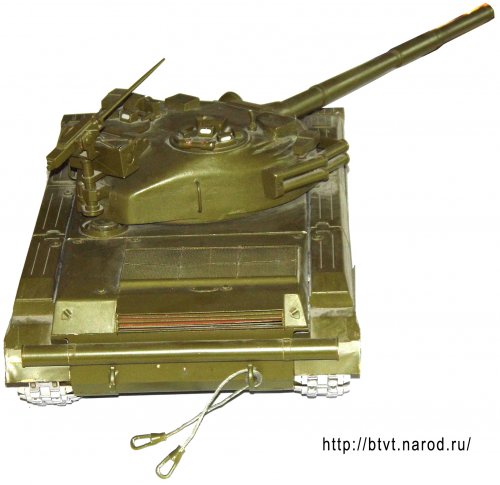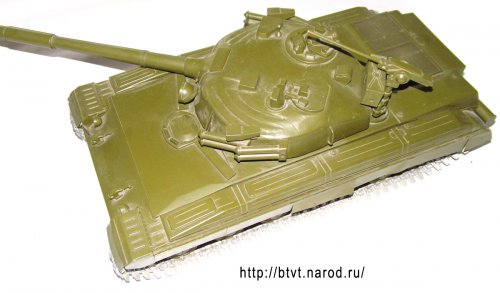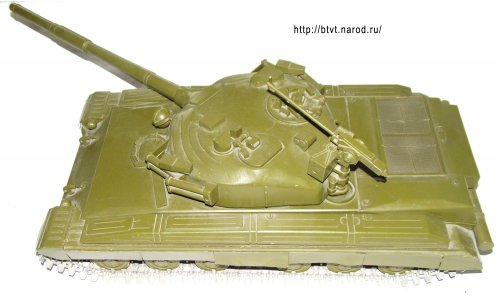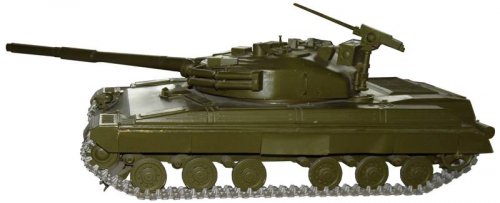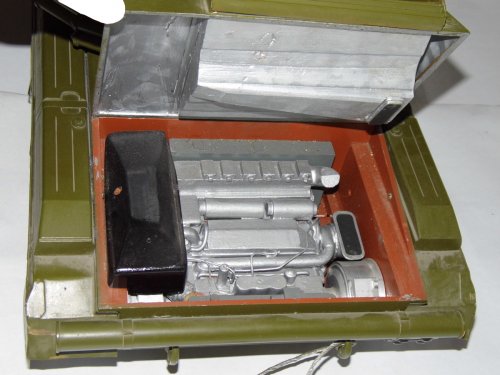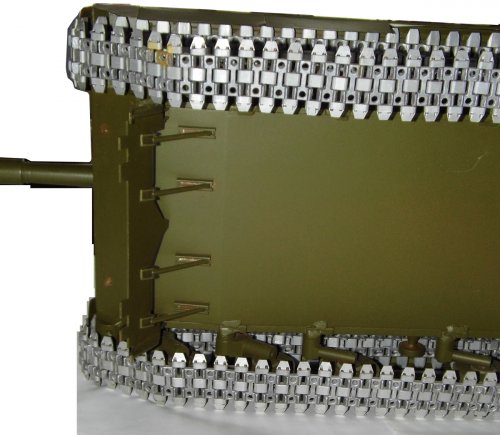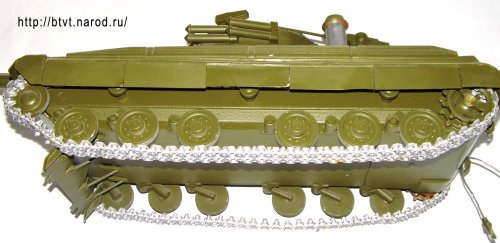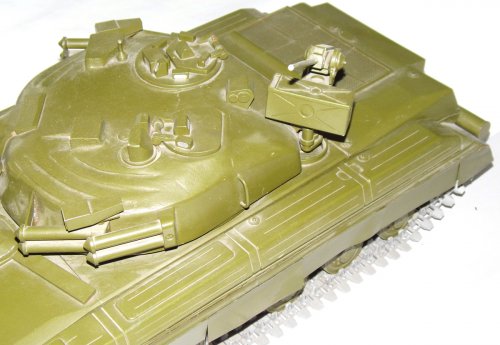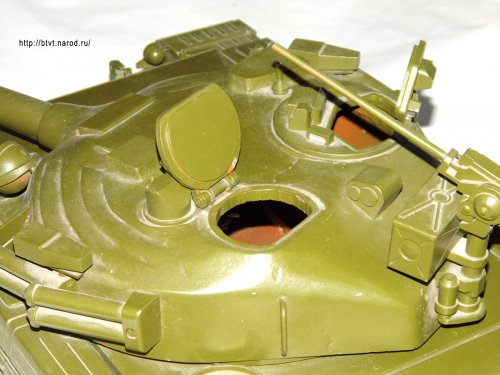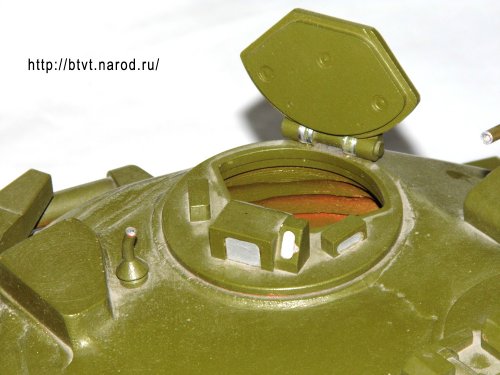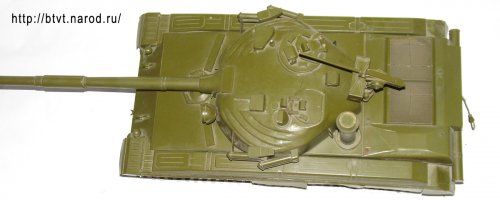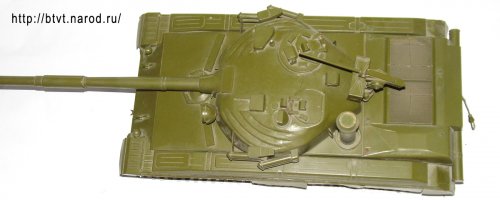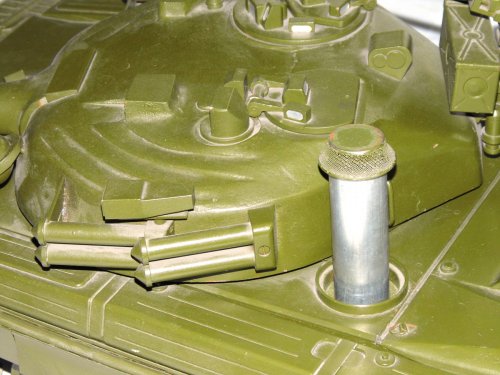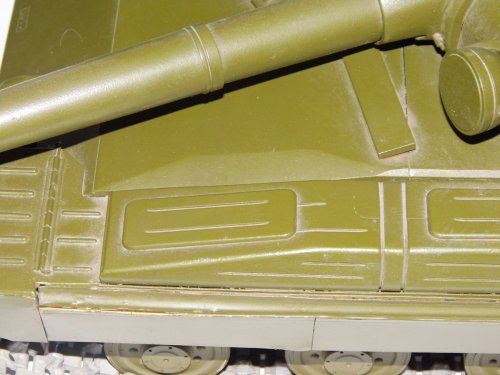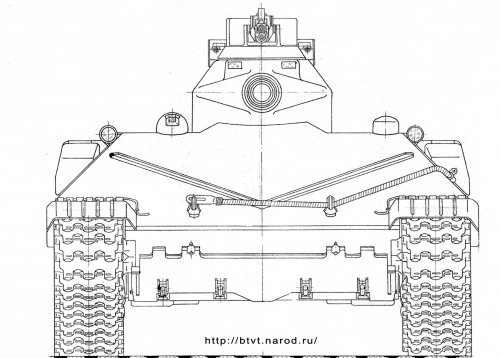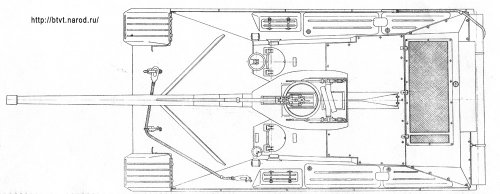05/26/1972. Report of the Chief Designer KMDB AA Morozov on the T-74:
- Present material is the work of the initiative at the Kharkov KB "Malyshev Plant". TTZ at work on "Topic 101" we have not been issued. Submitted material is a technical proposal that reflects our vision for future tanks. He does not pretend to practicing design in the amount of conceptual or technical projects. The main goal and focus of our work is the dramatic increase in all indicators of the tank, describing not only its military but also operational and manufacturing quality as compared to the T-64A, as well as prospective foreign samples, "XM-803", "Kyler".
In accordance with the general ideology of "Topics 101", basing its decision was based on the "Main Line", which are reflected in the submitted materials and are:
- maintaining the size and weight of the tank within the T-64A2M (weight not exceeding 40 tonnes);
- more compact layout;
- improving the working conditions of crew (habitability);
- simple design, operation and production;
- reducing the cost of construction and operation;
- ensuring high protective properties;
- increased combat readiness in all conditions (start, store ammunition, batteries);
- duplication of work the crew;
- ensuring the autonomy during long marches in all combat and climatic conditions.
All of our positive experience and expertise have been applied in this project. Our analysis of the recent work of leading CB industries, as well as the available materials of foreign design study shows that while maintaining the existing "classical scheme" tank any further increase its tactical and technical characteristics is impossible without a significant, sharp increase in its size, weight and cost of manufacturing and operation, not in proportion to provide improved its performance characteristics. An example is the MBT-70, "Chieftain" and "Kyler", the weight of which exceeds 50 tons, at a very moderate increase in TTH. Clearly deteriorated at the same issues of mass, cost and increased complexity of production and operation, have worsened the conditions the crew and many other indicators. To some extent, this is not without sin, and my projects are "brothers in arms" from LKZ and CTZ, which a slight increase in TTX promising samples are buying, in my opinion, the prohibitively high cost of design, construction and operation.
All these circumstances led us to strongly reject "the classical scheme" of the tank and look for other, better layout, allowing within the existing weight and size of the T-64A2M a possibility of a sharp increase is not certain, but all indicators of performance characteristics of a new medium tank. At the same time, new demands that had never found a use in tanks and were not even considered in the TTZ on future tanks.
One of the principal, in our opinion, the shortcomings of the existing "classical scheme" of the tank, basically create any obstacles to further improve its tactical-technical properties, is the imperfection of the layout of its crew compartment. It recalls a very close one-bedroom apartment or a soldier's duffel bag in which the crew jammed weapons, tanks, ammunition, various mechanisms, rods, wires and numerous other devices and items, some of which are in transit logistics. In addition, all moves, rotates, smoking is a source of noise and injuries, is explosive and fire hazard, creating disunity of the crew, makes it difficult to evacuate him from a tank does not provide the basic conditions for working, living and much more.
In the arrangement represented by the so-called, the fighting compartment tank subjected in the first radical change by splitting it into separate isolated from each other, separate compartments: fuel, ammunition, weapons, crew and the logistics department.
Thus, if the layout of the modern tank "classical scheme" is essentially a tank into two separate compartments: logistics and the fighting compartment, it seems the layout scheme provides for 5 watertight compartments: logistics, ammunition compartment, crew compartment, fuel separation, weapons.
Such an isolated location within the tank: the crew, ammunition, fuel and weapons will also radically improve and re-address the conditions the crew. At the same time increased Ammunition, fuel capacity, improved weaponry, at the expense of installing additional automatic gun fire30 mmand second coaxial machine gun 7,62 mm. All this, in practice, could be solved without increasing the interior volume and dimensions of the tank. On the contrary, the frontal silhouette and an internal volume of the new tank, even decreased slightly compared with the T-64A (T-64A - 5,55 m 2 , -10,3 m 3, T-74 - 5.26 m 2 5% - 9,5 m 3 7,5%).
The proposed new layout of the main and crucial node of the tank, of course, is - issued weapons. It is in itself not new, in some degree is a type of aircraft and missile installations without direct contact with the operator. For tank conditions issued weapons used for the first time and, of course, require much work and sharing solutions to many technical issues with the developers of the guns, optics, stabilizatorschikami, armored cars, electricians and other specialists.
Solve this problem - would be a good tank, can not solve - no tank will not. At one time, when you create a T-64, and not only the T-64, also had similar "problems": 5TDF, MP, MH, stabilizer, dry air cleaner, ejector cooling system, chassis and more.
Let me now highlight the immediate preliminary results are presented in the materials.
I beg you once more to take into account that these materials, the extent of their mining, represent only a "technical proposal" and, of course, very far, even to the level of conceptual design, so I'll be deprived of the opportunity in detail to illuminate, much less answer all the issues that may interest students.
As noted earlier, the main goal of our work is the dramatic improvement in all indicators of the tank compared with all known our existing and prospective samples, as well as TTT given on future tanks.
Improving the tank equally concerned military, operational and performance indicators. All of them are closely related to each other and only their sum determines the ultimate practical value of new weapons. Therefore, the development of NST T-74 along with the basic tasks to be other issues to ensure high quality of the machine as a whole.
These issues include:
Simplicity of design with a minimum number of parts. Reduced number of parts for 1300 units, production of which requires 3500 labor times, which makes 22% of the time spent on the entire machine.
Reduced weight and dimensions of parts and components (~ 4980 kg).
Nothing more, is not working in your car, do not have the "right irrelevance."
Unification, the economy, simplify everything and everywhere.
The maximum density of the layout (fuel, logistics, Tower).
Achieved a significant improvement in working conditions and habitability of the crew in any region of the vehicle. In the tank design incorporated the increased demands on reliability, resources, autonomy, duplication of the crew, ready for battle, the stock of military activity fuels, ammunition, food, recreation, maintenance, etc. Ensured the possibility of prolonged storage tank with Ammunition and fuel supply in any climatic conditions, which reduces maintenance costs and labor costs for maintenance.
A new technique is promising, if it gives a new quality, cheaper manufacturing and operation, not only entails a new flaws, difficulties and increased costs.
I'll start with the fighting qualities.
1. The main performance characteristics in comparison with other samples, are shown in the table. The crew is extremely lowered. Provided overlapping functions of the crew and the change of crew stations. To improve working conditions for the crew of his section was removed: weapons, ammunition, MH, a conveyor, a rotating floor, chase tower, fuel tanks and pipelines, HLF, batteries, solar heating and the boiler, cylinders and the OPS air-start, thermal sensors and pipes, a fan of combat offices, transit propulsion, piping, wiring and so on. Section neat and greatest. This allows the rest of the crew in the car on the floor on an inflatable mattress. There is a table to work with the card, you can warm up food, water, heat the section. The convenient location of controls and machine monitoring and fire (front and sides). The crew is extremely protected from noise. The possibility of internal communication of the crew without TPU, working walkie-talkie in a helmet. All instruments and apparatus ERA hermetically protected from water and dust.
2. Issued weapons allowed to increase the line of fire, reduce the "utykanie" gun (it was 220 320), the MH can simultaneously accommodate the unitary and separate ammunition, without restrictions on their length, and missiles. Floor area of the fighting compartment is more3.0 m2. Provides stabilization of the gunner with a gun. Isolation of members of the crew of weapons and ammunition to prevent the unit from the gas concentration, rollback, and swing the breech, ejection, after-burning shells after firing, return fire, the danger of a protracted shot, damage and contamination of ammunition.
3. Fuel, as well as ammunition, is completely isolated and can be stored in the car constantly. This reduces the time for refueling and to provide winter heating fuel and heating the crew compartment at the expense of retaining the engine cooling system (100 = 15 000 cal)
4. MTO is 1 / 5 body length (was 1430 mm - Was 1130mm). It was the least from the outside there is nothing. Reduced length of all routes rods, pipes, wires in the MTO.
5. Preserved the continuity of T-74 and T-64A on MTO, the undercarriage and the MOH.
6. The design is widely used aluminum: the roof of the crew compartment and power pack, partitions, interior equipment, higher education, an oil tank, MOH, external tanks and stacking boxes.
7. In a tank used an iron-nickel batteries, which are sealed, have more resources and do not require heating.
8. Design documentation will conduct pouzlovoy assembly.
9. The chassis of the T-74 can be used as a base for self-propelled guns, flamethrower, and engineer vehicles, missiles, anti-aircraft and other equipment.

